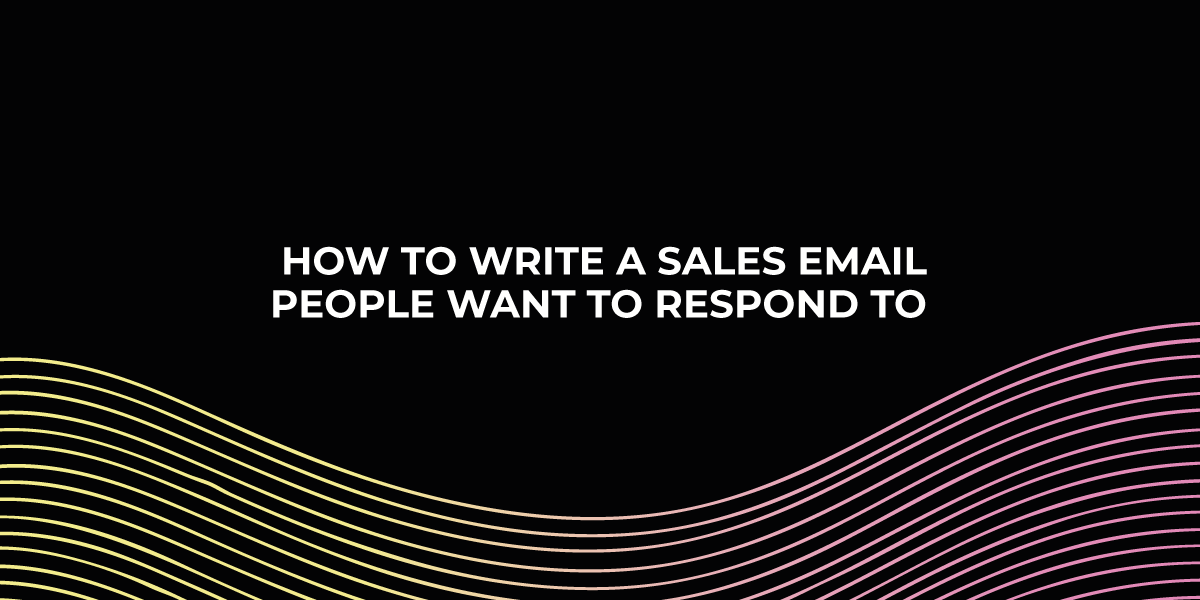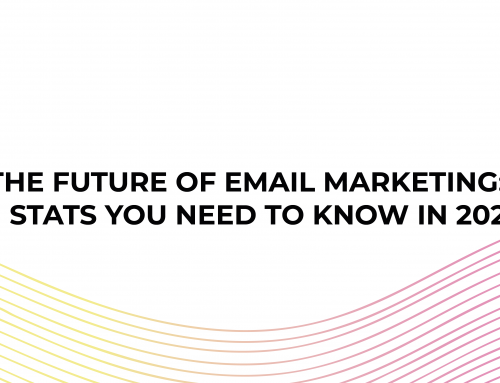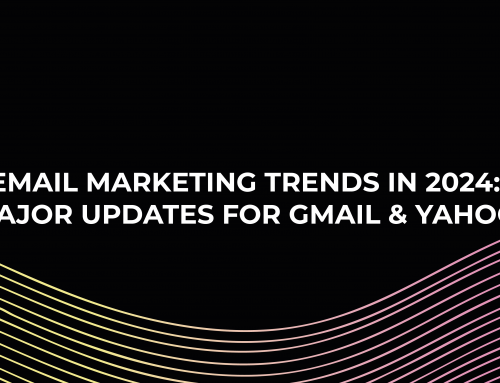A question that runs through everyone’s mind, when they scroll through their inboxx. Do I open the email or simply ignore it?
And we can all agree, we want the majority of potential clients to go with the first option; open.
But, of course, this leads to the next predicament, getting your potential clients to respond to your email. So, how do you guarantee that your audience opens and responds?
Below we’ll review the steps to writing and sending an effective sales email, to ensure you achieve your goals.
Our guide will cover each step to writing the perfect sales email and when you should send your emails.
How to Write the Perfect Sales Email
- Always include a subject line
- Write a powerful opening line
- Include an informative body copy
- Add a CTA in the ending copy
- Add a professional email signature
Let’s start with the first step. The subject line.
Subject Line
The number one rule is always to keep your sales email subject line concise and enticing. The aim is to gain the interest of your targeted audience. So, try not to sound like your typical door-to-door salesman.
Remember to avoid “spammy” words in your subject lines So words like:
- Final
- Reminder
- Sale
- Tempting
- Specials
- Complimentary
- Help
- Donation
- Don’t
- Exciting
- Unique
- Discount
- Solution
- Partner
- State of the art
Your email will either be ignored or straight into the SPAM folder.
Just a little tip: A/B Test Your Subject Lines
If you are unsure which subject life will be more effective, A/B test your subject lines. To ensure you achieve significate results, take a subset of your prospect list (around 50 – 100 emails), and send these subgroups an email with the same content, but with different subject lines.
After collecting results, you should choose the subject line that delivers a higher open rate to send to the rest of our list.
Opening Line
When it comes to your sales email’s opening line, avoid starting with, “Hi my name is …”
Instead, address recipients by name, describe the purpose of the email, and, most important, make it about them rather than about you. Here are some examples you may use:
- I noticed you …
- [Mutual connection] mentioned …
- I saw that we both …
- I loved your post on …
- Congratulations on …
Body Copy
Your sales email’s body copy should always bring value by connecting your business to your prospect.
Avoid generic value propositions, instead highlight a pain area and do your best to personalise it to their circumstance.
The offer line is also an excellent place to provide evidence and social proof in data, case studies, and unique content.
To link the research, you’ve done with your prospect’s objectives, ask questions that align with the research you’ve collected. Following are some examples:
- How would you hope to expand your plan, if at all?
- Is [benefit to them] a current priority for you?
- Do you have any unresolved queries about [topic]?
- Are you looking for a lifestyle business or global dominance?
- Is this how it’s always been?
- What would you do if you were in my shoes?
- Was this all your idea?
Closing line
A strong close to your sales email give recipients a clear path to action.
Finish with a brief and straightforward call to action that may be replied with a simple “yes” or “no.” That no-friction request increases the likelihood of a response.
To elicit a decisive answer, try concluding with one of the following questions:
- Do you have time on your schedule to talk about it?
- Have you given the proposition any further thought?
- Do you have 10 minutes tomorrow to catch up?
- Is it appropriate for us to talk? If not, who is the best person to speak with?
- Do you have any other questions that I can answer?
- Are you free for a 30-minute phone chat on [day and time]?
- Please let me know whether [business objective] is a priority for you right now or in the future.
Signature
It is important to reframe your thinking by considering your email signature a personal high-converting landing page. It should all include the fundamentals, such as:
- Name
- Business
- Contact information
- Social proof
- Connections to relevant material
- Anything else that demonstrates credibility and establishes rapport.
Observe the following email signature guidelines:
- Keep it brief, straightforward, professional, and on-brand.
- Include your phone number in case someone needs to reach you.
- Include a link to your preferred online profile, such as LinkedIn or Facebook, so that recipients may interact with you.
- You should avoid images and quotations at all costs.
When To Send a Sales Email To The Right Person At the right time
If used correctly, email marketing can bridge the gap between an engaging, growing relationship with prospects and customers and an increase in profit that surpasses any other type of marketing.
And as an added bonus, it is one of the most cost-effective forms of direct marketing, with an ROI of £35.41 for every £1 spent. And the key is delivering the right email to the right person at the right time.
Focus on sending the email at the right time.
Various studies have been done to determine the best time to send emails, finding varying results. Late-morning send times tend to be the most popular in general; several studies concluded that the best time to send emails is at 10 A.M.
According to studies, Tuesday was found to be the best day of the week to send an email with 20% more opens than the average rate.
Whereas, Monday and Wednesday tied for second with 18% higher email opens, followed by Thursday at 15% and Friday at 8%.
While research has been done, determining the best time for your particular audience requires frequent testing. With some simple A/B testing, you will be able to identify when the best time is to send your email. There is no “best practice” across-the-board answer for the best time to send an email, so test it out a few times throughout the day or on different days of the week.
The Final Round-Up
Remember the steps to writing sales emails to allow for a greater chance of success. By writing and sending effective sales emails at the right time, using effective approaches that make your potential consumers want to write back, and knowing how to follow up with those consumers, you’ll see your response rate and conversions increase, tremendously.




